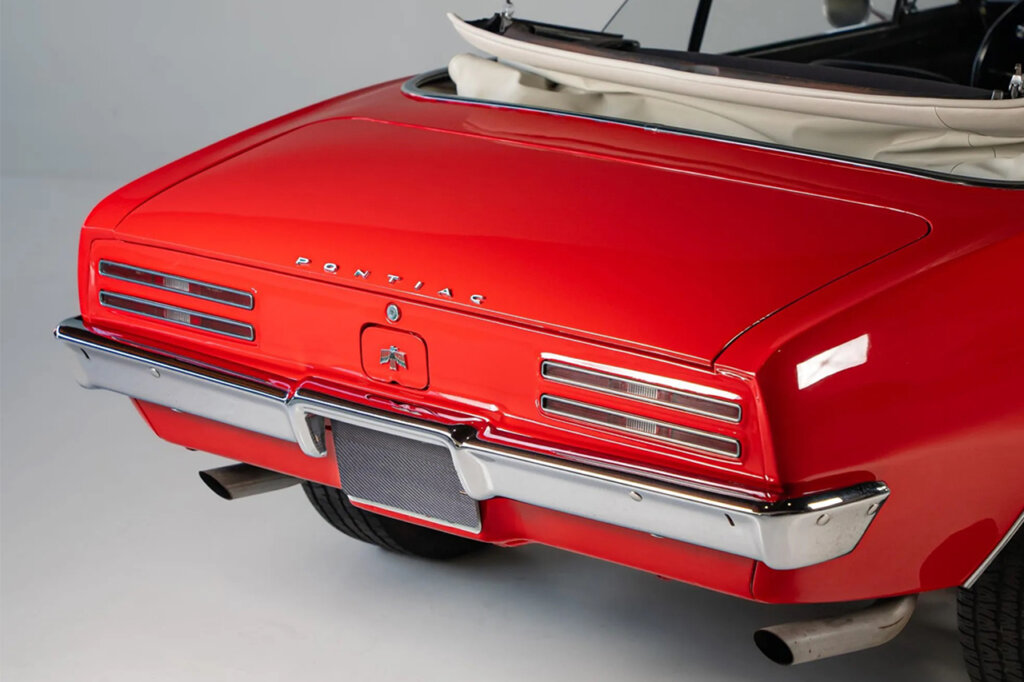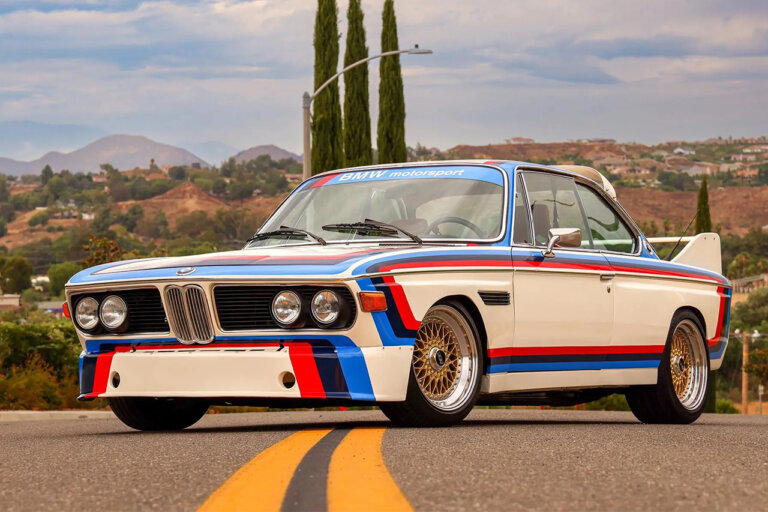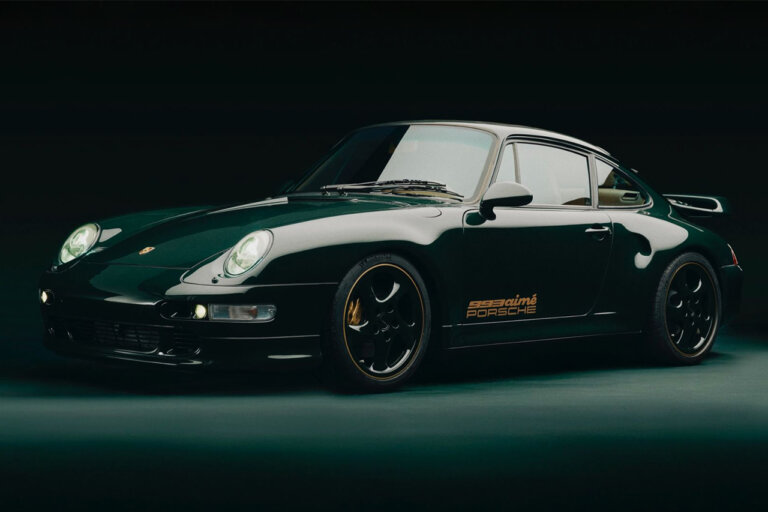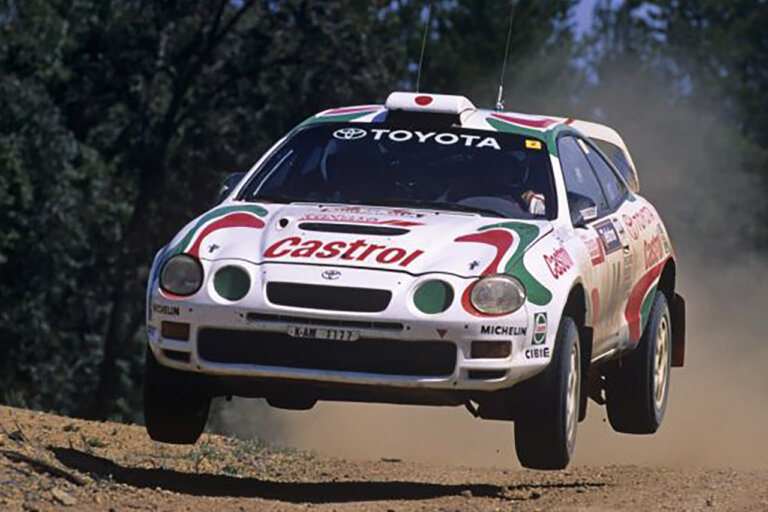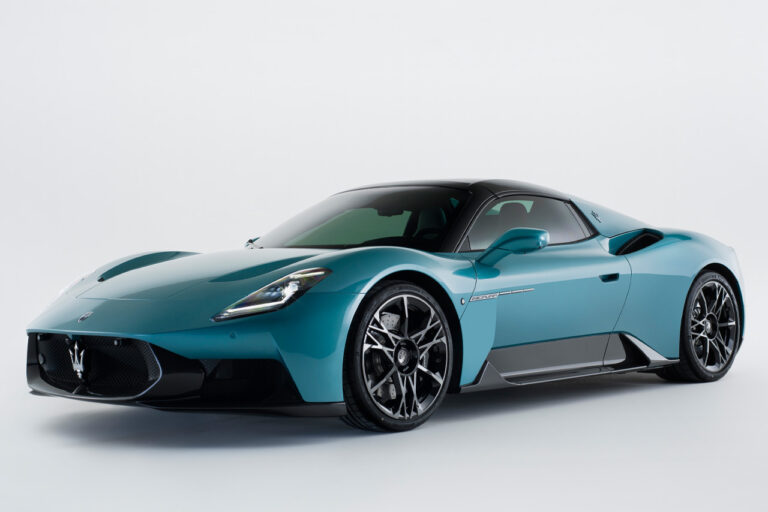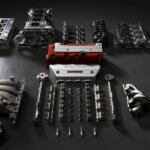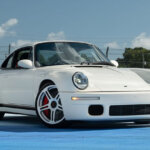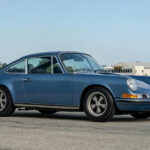Pony Car Legends
Ford Mustang:
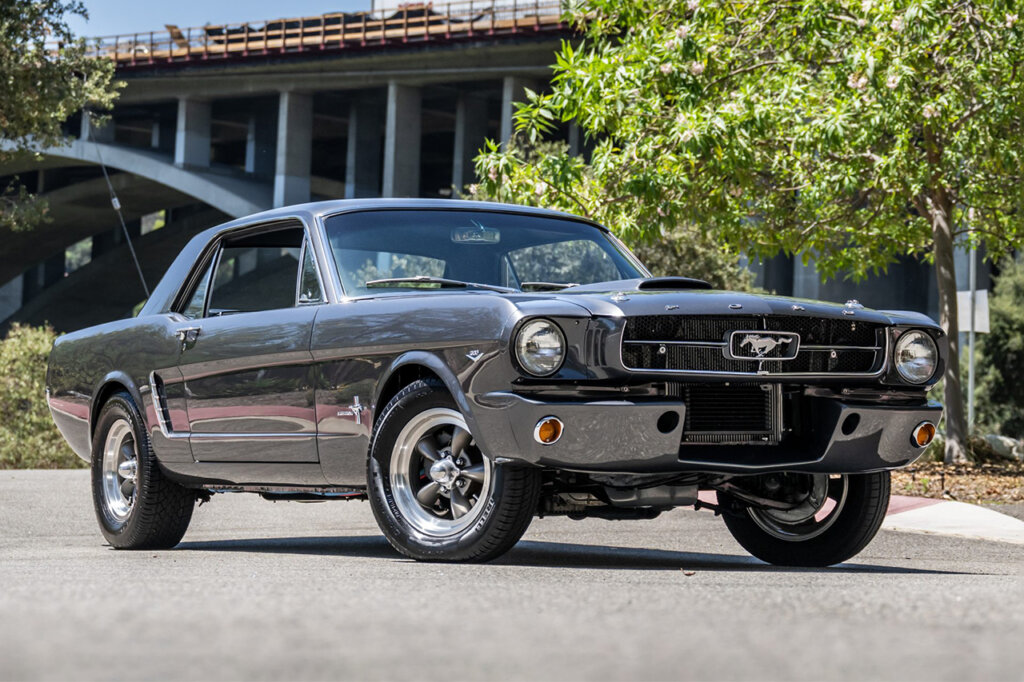
Source: Bring-A-Trailer
The Ford Mustang, often considered the quintessential pony car, made its debut in 1964 to instant success. It offered a diverse range of engines and options to cater to different tastes and budgets. In its early years, the Mustang featured a variety of powerplants, including an inline-six and several V8 choices. The base horsepower figures for these engines varied, typically ranging from around 101 horsepower for the inline-six to over 200 horsepower for some of the V8 variants. The Mustang was celebrated for its sleek and sporty design, offering both coupe and convertible body styles, providing options for open-air driving enthusiasts.
Chevrolet Camaro:
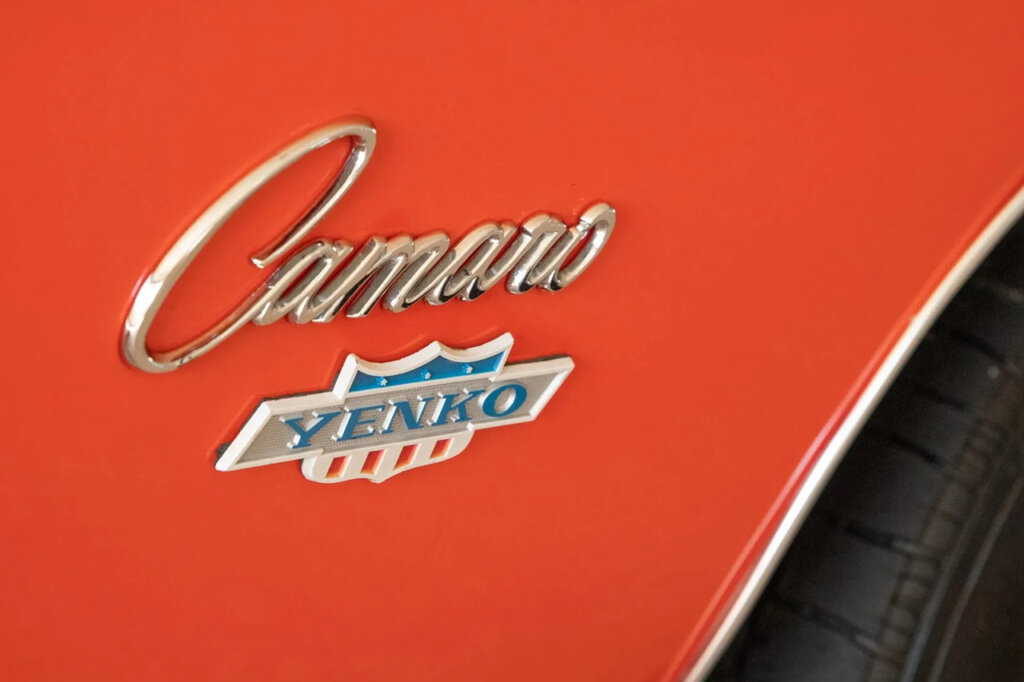
Introduced in 1967 as a response to the Mustang’s popularity, the Chevrolet Camaro swiftly garnered a dedicated following. It came with a diverse lineup of engines, including an inline-six and various V8 options. Base horsepower figures for the Camaro also differed based on the chosen engine, with the inline-six delivering around 140-155 horsepower and V8 options offering varying power levels, ranging from approximately 195 to over 300 horsepower. The Camaro stood out for its distinctive wide and aggressive stance, with multiple trims and performance levels available, including the renowned Camaro SS (Super Sport) featuring high-performance V8 engines.
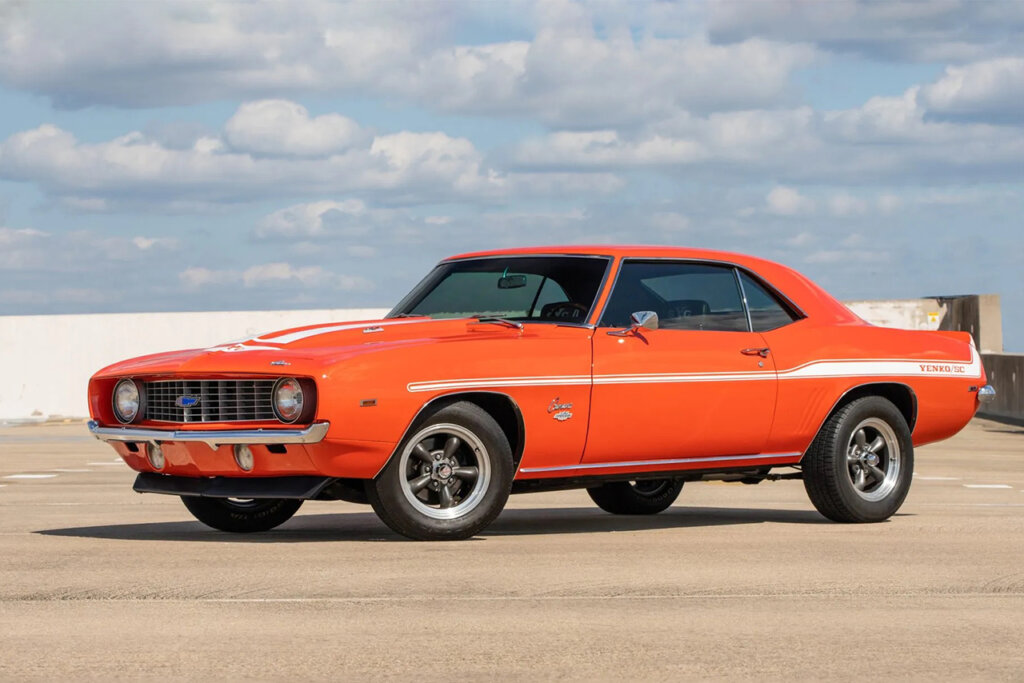
Source: Bring-A-Trailer
Dodge Challenger:
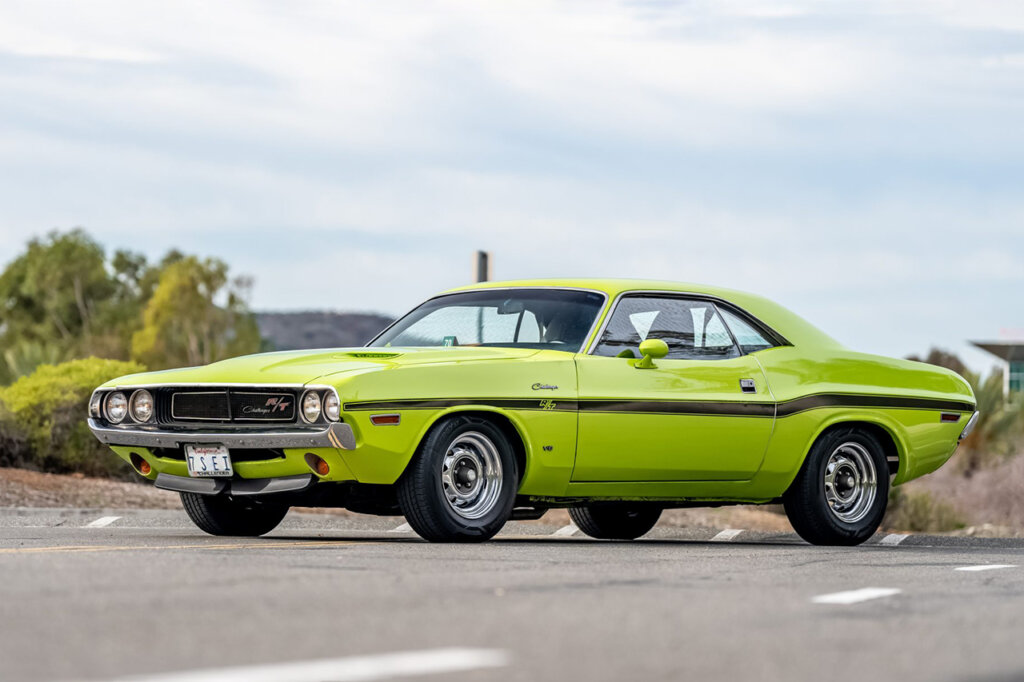
Source: Bring-A-Trailer
Dodge entered the pony car scene in 1970 with the Challenger, known for its bold and aggressive styling. It offered a range of engine choices during a time when emissions regulations were evolving. Early versions included a 3.2-liter inline-six and various V8 options. The base Challenger’s horsepower figures varied widely, with the inline-six producing around 125-145 horsepower and V8s ranging from approximately 230 to 335 horsepower. The Challenger also introduced potent high-performance variants like the Challenger R/T and the legendary Challenger Hemi, boasting a formidable 426 Hemi V8 engine.
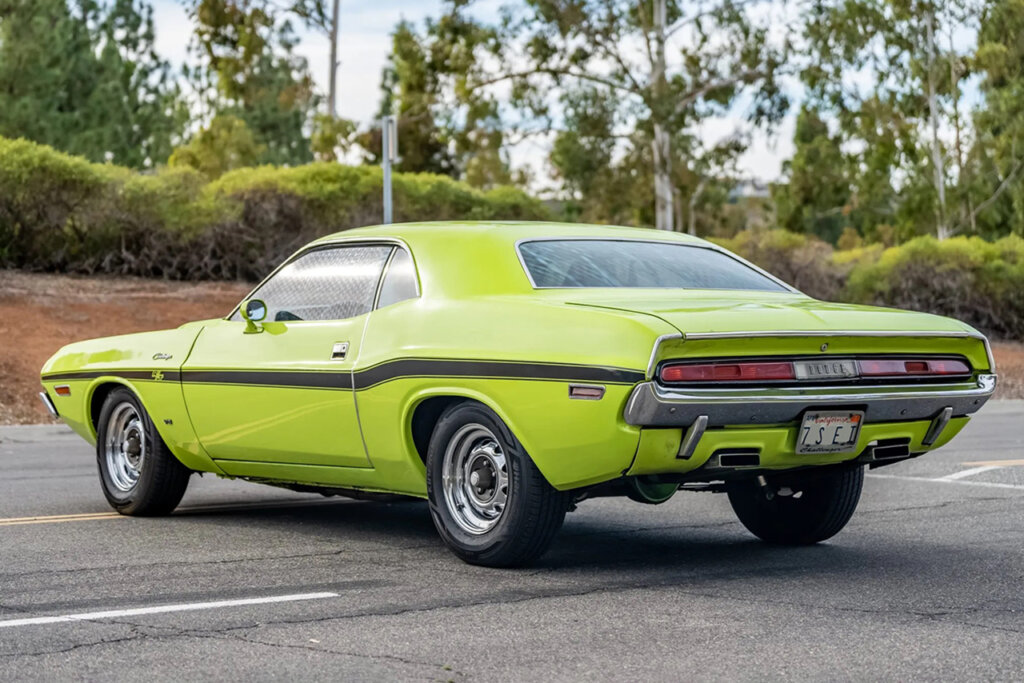
Plymouth Barracuda:
Plymouth introduced the Barracuda in 1964, positioning it as an early competitor to the Mustang in the pony car segment. It came with a range of engine options, including a 2.8-liter inline-six and various V8 choices. Base Barracuda models produced approximately 101-145 horsepower with the inline-six, while high-performance V8s could generate over 300 horsepower. The Barracuda distinguished itself with a fastback design, becoming a distinctive option in the growing pony car market.
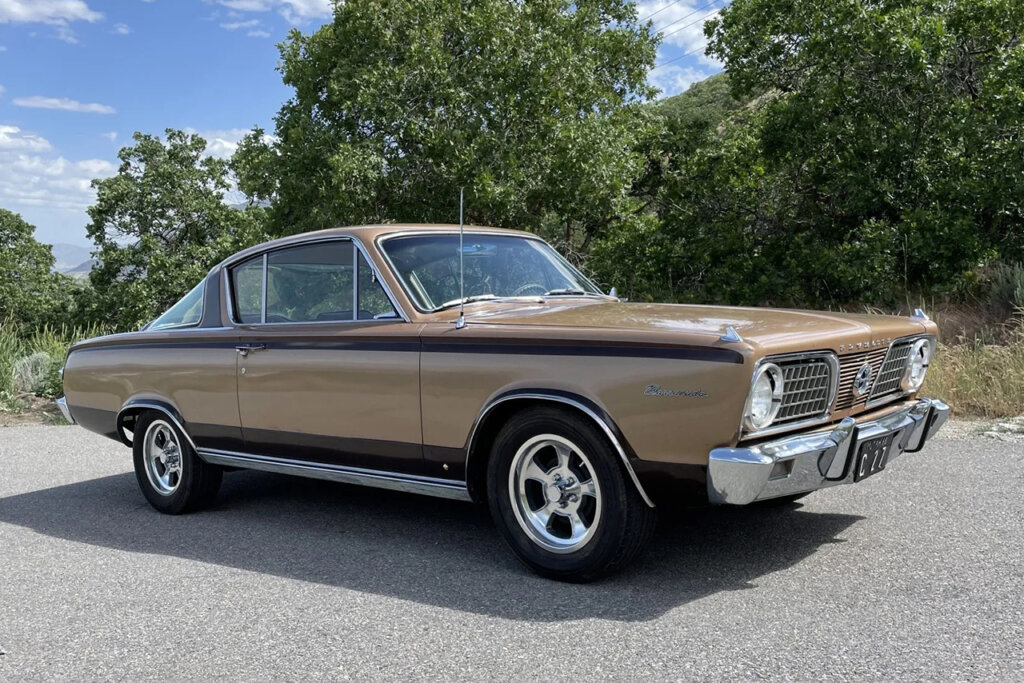
Source: Bring-A-Trailer
AMC Javelin:
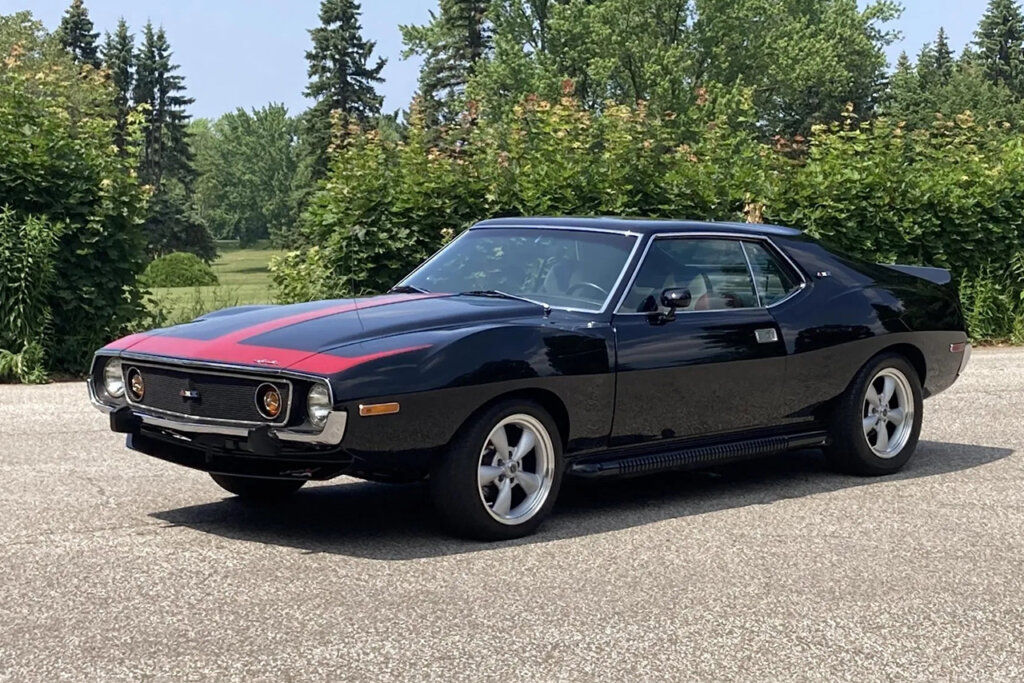
Source: Bring-A-Trailer
The American Motors Corporation (AMC) joined the pony car fray in 1967 with the Javelin, offering a sporty alternative to the Mustang and Camaro. The Javelin featured a variety of engines, including inline-sixes and V8s. Base Javelin models produced around 128-200 horsepower depending on the chosen engine. The Javelin stood out with its unique and stylish appearance and was available in various trims, including the high-performance Javelin AMX.
Mercury Cougar:
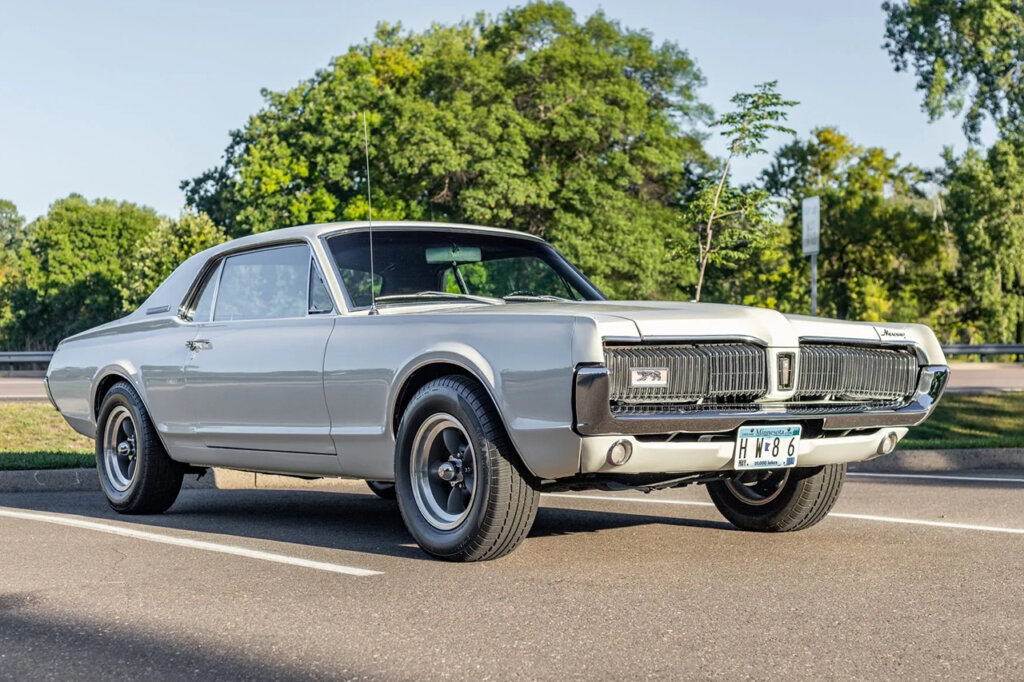
Source: Bring-A-Trailer
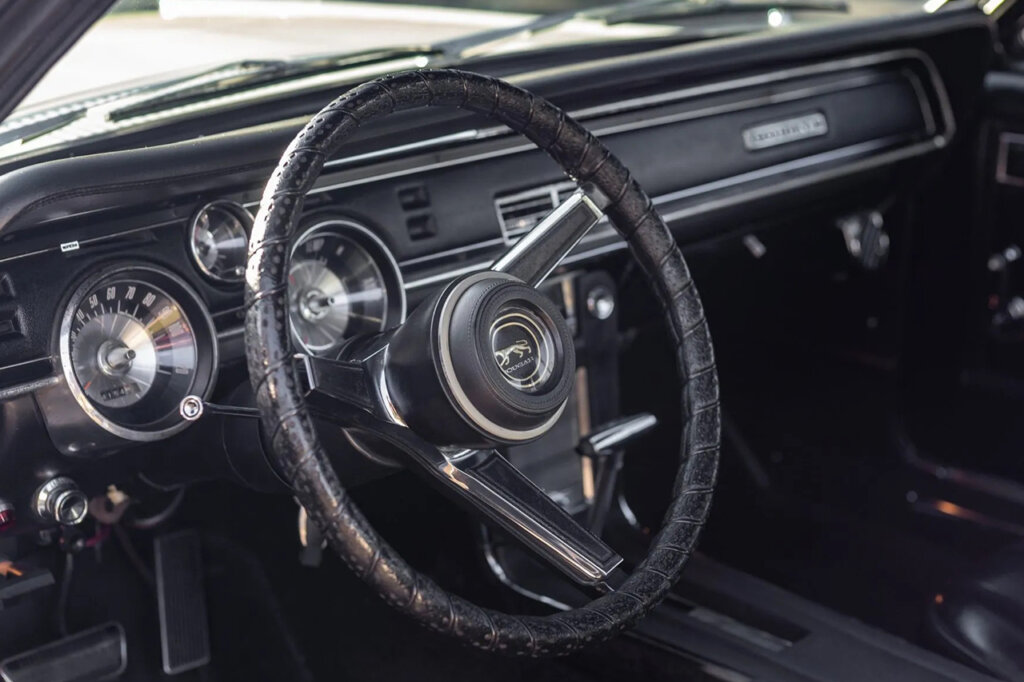
Based on the Ford Mustang platform, the Mercury Cougar made its debut in 1967, aiming to provide a more upscale and luxurious option within the pony car segment. It shared similar engine options with the Mustang, delivering base horsepower figures ranging from around 120 to 230 horsepower, depending on the engine choice. The Cougar featured a stylish and sophisticated design and often came equipped with more comfort and convenience features, emphasizing a blend of performance and luxury.
Pontiac Firebird:
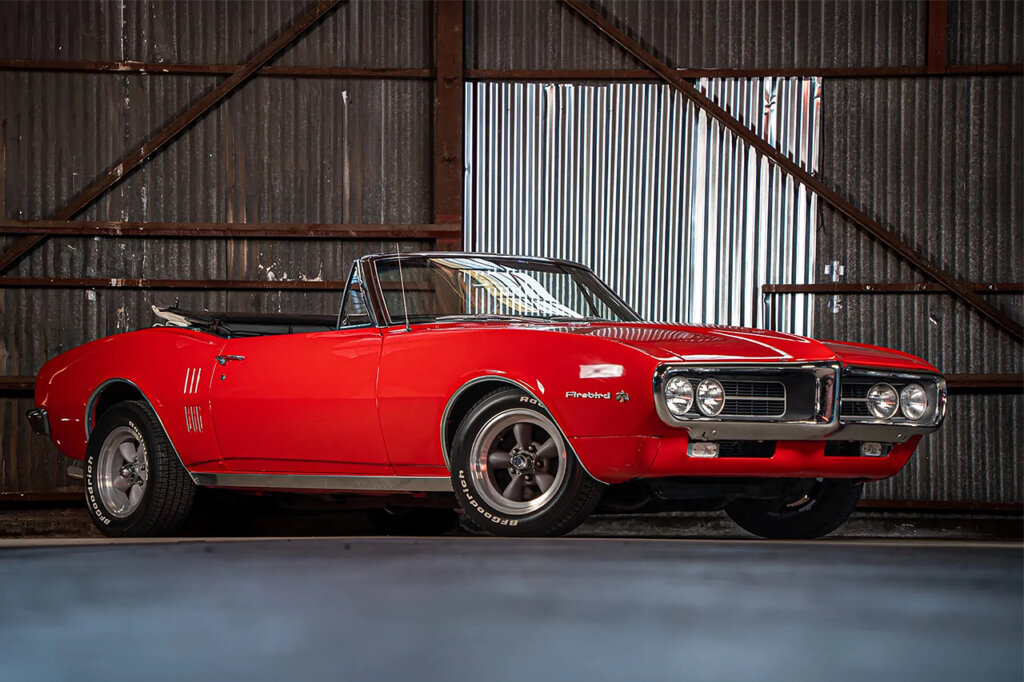
Source: Bring-A-Trailer
Also introduced in 1967, the Pontiac Firebird shared its platform with the Camaro, offering a range of engines, including inline-sixes and V8s. Base Firebird models produced approximately 165-215 horsepower, depending on the selected engine. The Firebird was known for its distinctive styling and was available in various performance-oriented trims, including the iconic Firebird Trans Am, which gained legendary status in the 1970s.
